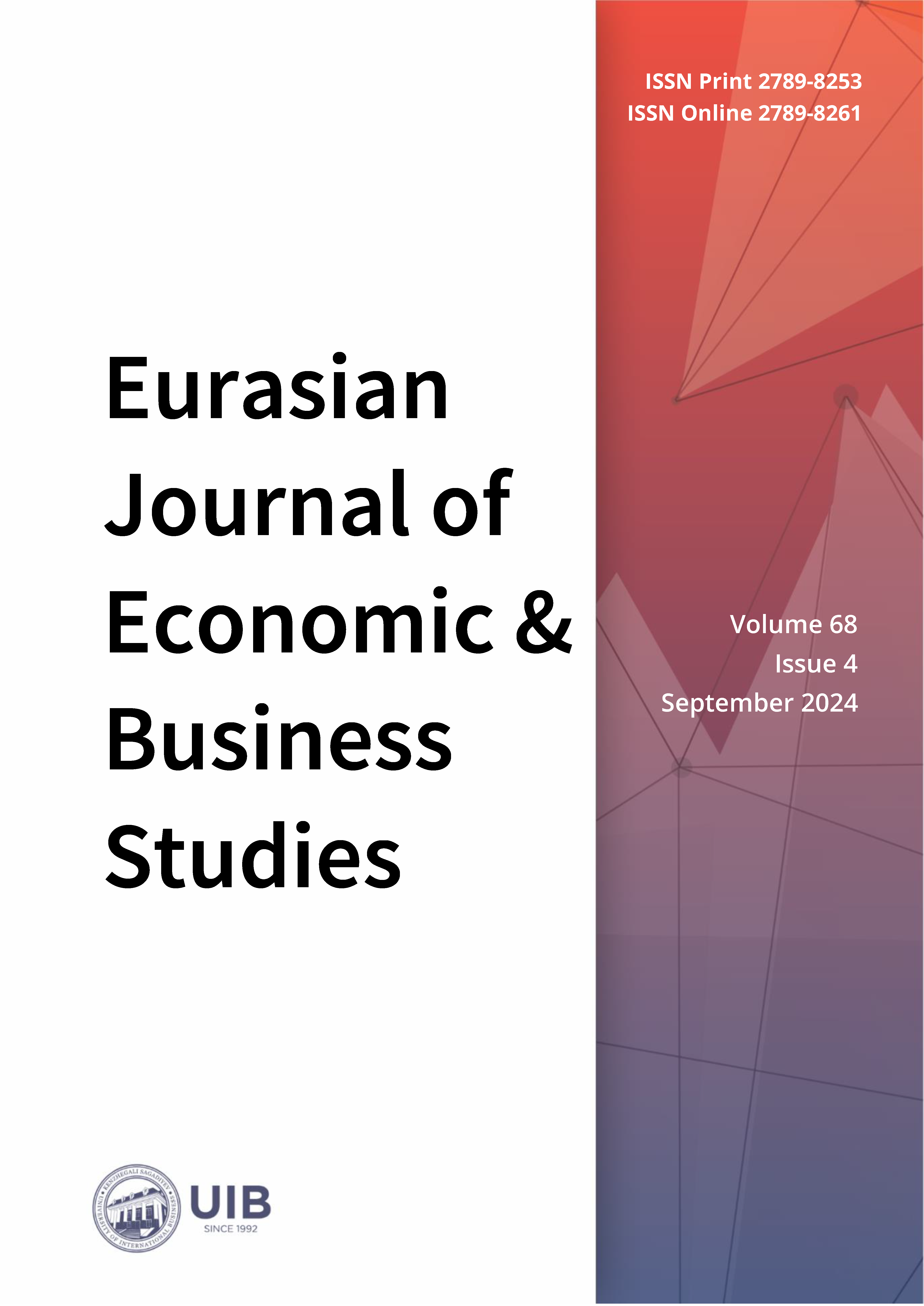Analysis of Sustainable Agricultural Development in Kazakhstan: Key Economic and Climatic Indicators
DOI:
https://doi.org/10.47703/ejebs.v68i4.440Keywords:
Agriculture, Agricultural Productivity, Economy, Economic Diversification, Sustainability, Climate Change, PolicyAbstract
Agriculture is a key sector in Kazakhstan's economy, contributing significantly to employment and GDP. However, geographic, climatic, economic, and policy-related factors contribute to substantial regional differences in agricultural performance. This paper aims to assess the level of agricultural development across Kazakhstan's regions using an integral index based on key variables that influence productivity, such as soil surface temperature, producer price indices, total sown area, employment figures, and domestic R&D expenditure. The paper used the following methods: correlation analysis to determine the relationship, regression analysis after filtering variables, integral index for a generalized assessment of agricultural productivity by region, and cartographic analysis. The findings highlight significant geographical variations, with regions like Almaty and Turkestan showing high productivity, benefiting from favorable climatic conditions and infrastructure. In contrast, regions such as North Kazakhstan and Pavlodar need to catch up, primarily due to harsher environmental conditions and lower investment levels. These differences point to the need for a targeted approach aimed at supporting less developed regions, as well as the dissemination of best practices from successful areas. The cartographic analysis visualizes these imbalances. The southern regions are highlighted as zones of high productivity, while the northern and eastern regions are shown as risk zones that require priority attention and resources. This research underscores the need for adaptive strategies to address regional inequalities, aiming to boost agricultural productivity and foster sustainable growth across Kazakhstan.
Downloads
How to Cite
Downloads
Published
Issue
Section
License

This work is licensed under a Creative Commons Attribution 4.0 International License.
Authors retain copyright and grant the journal right of first publication with the work simultaneously licensed under a Creative Commons Attribution (CC-BY) 4.0 License that allows others to share the work with an acknowledgment of the work’s authorship and initial publication in this journal.



